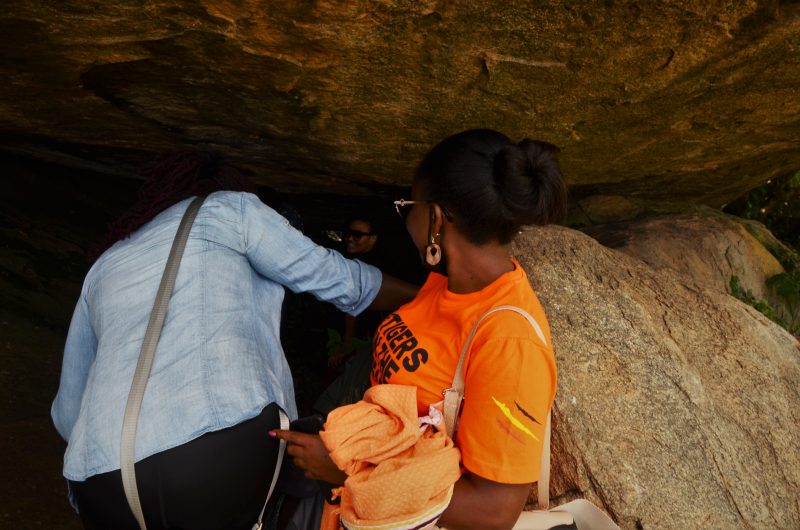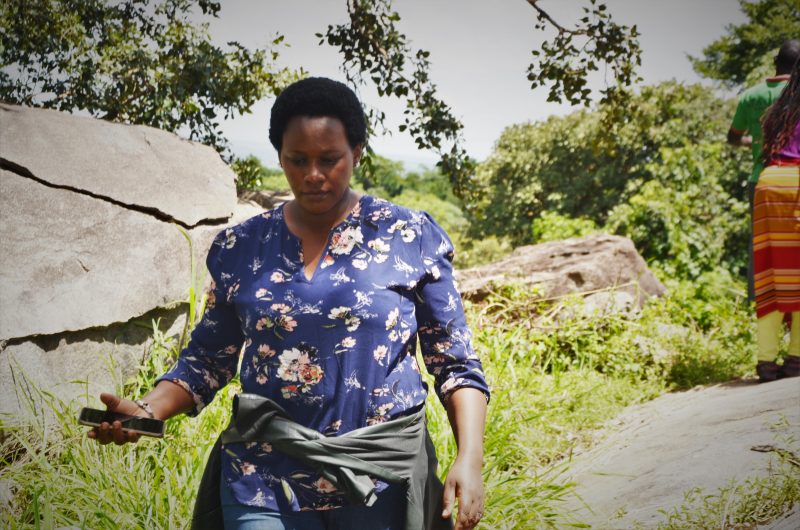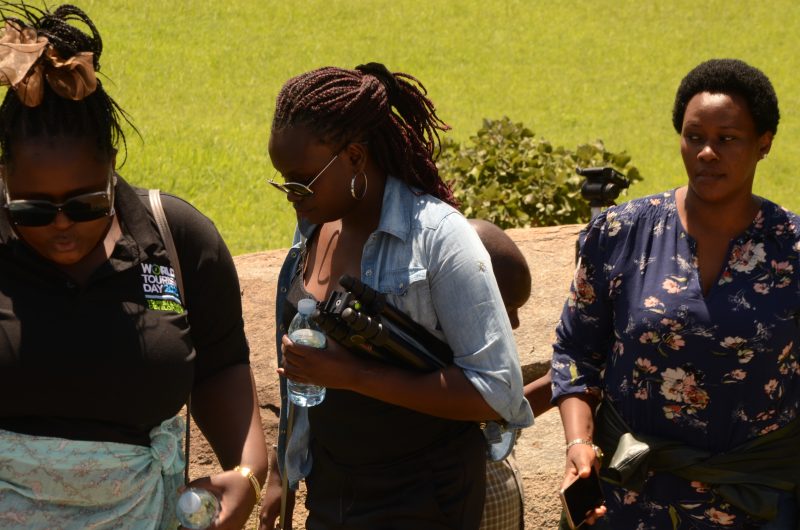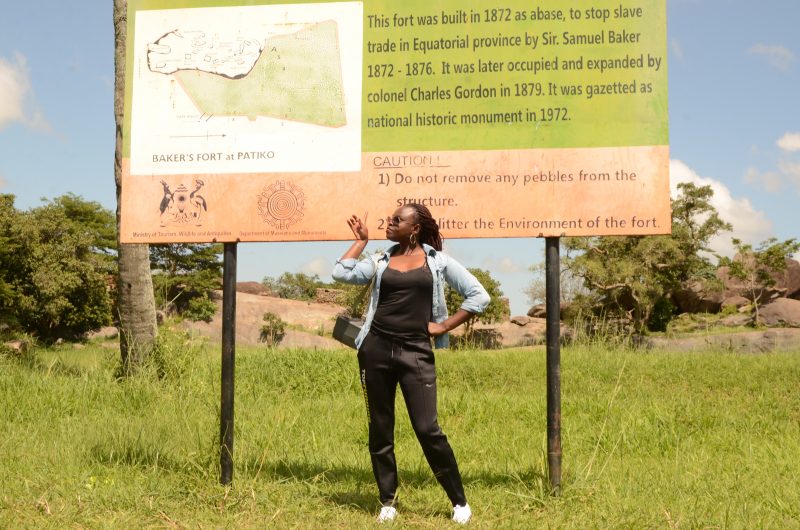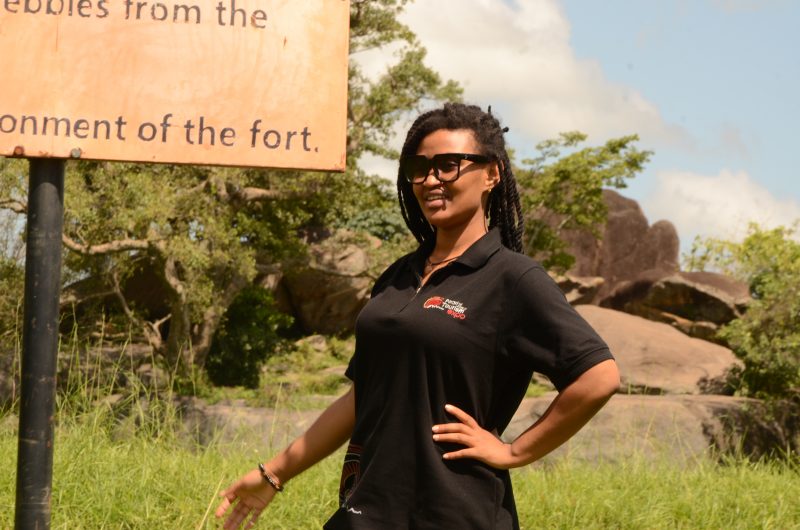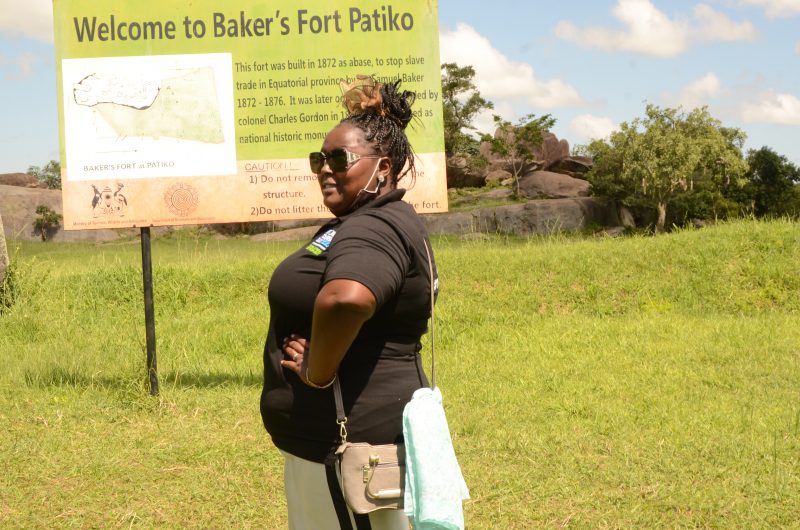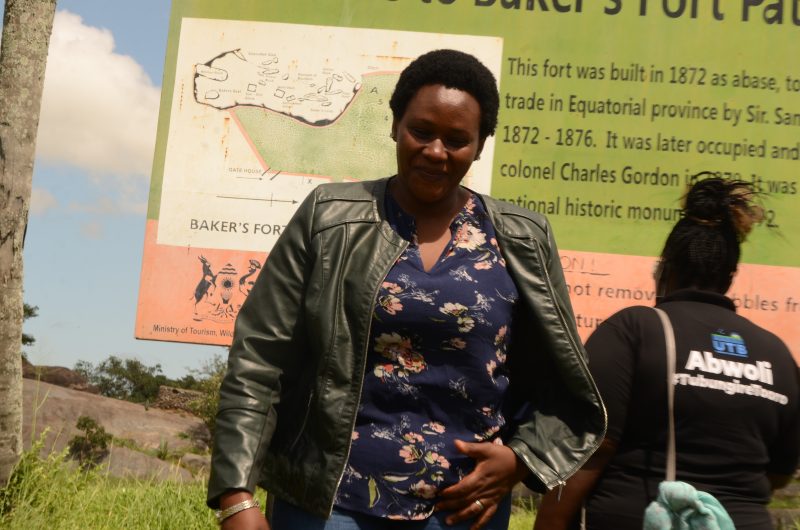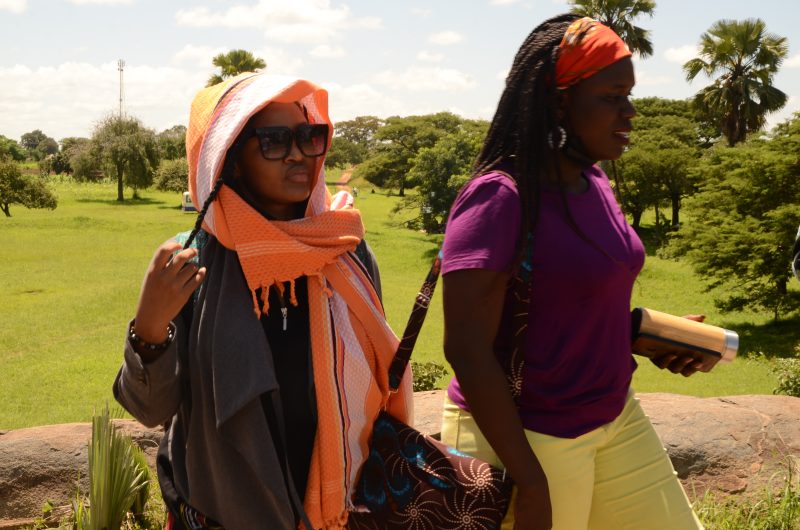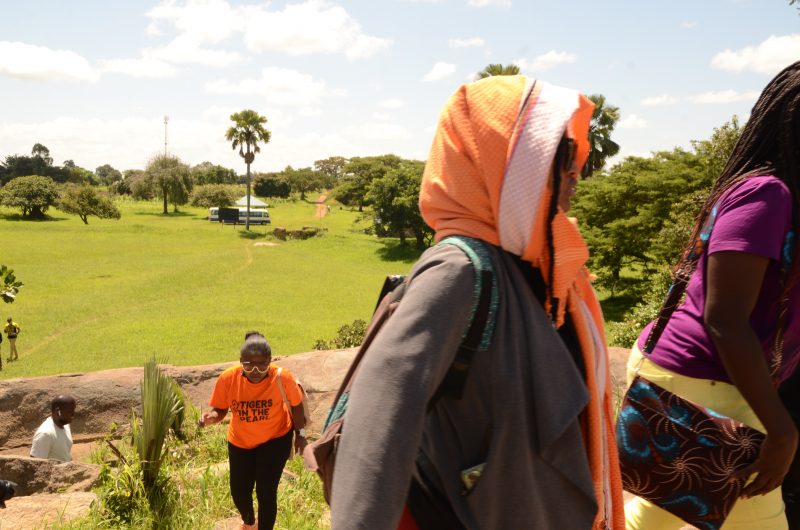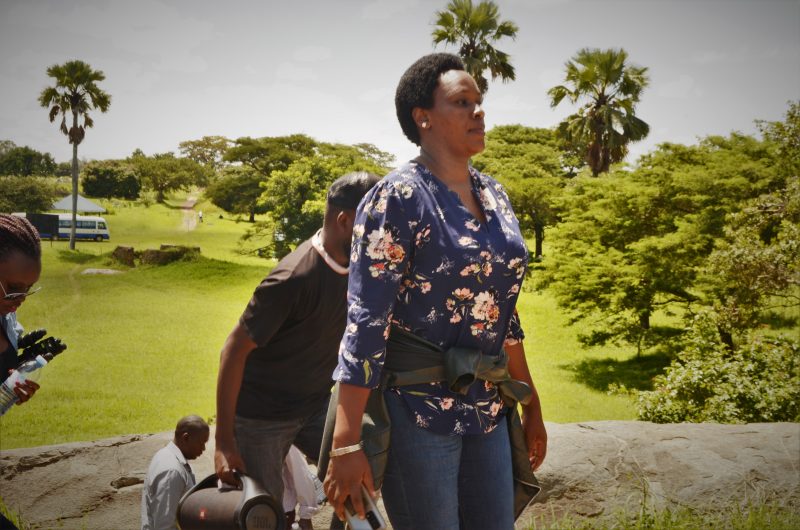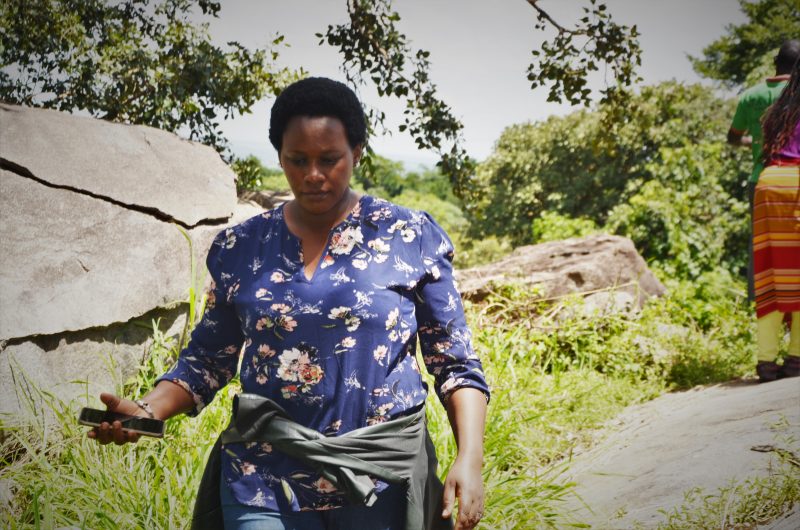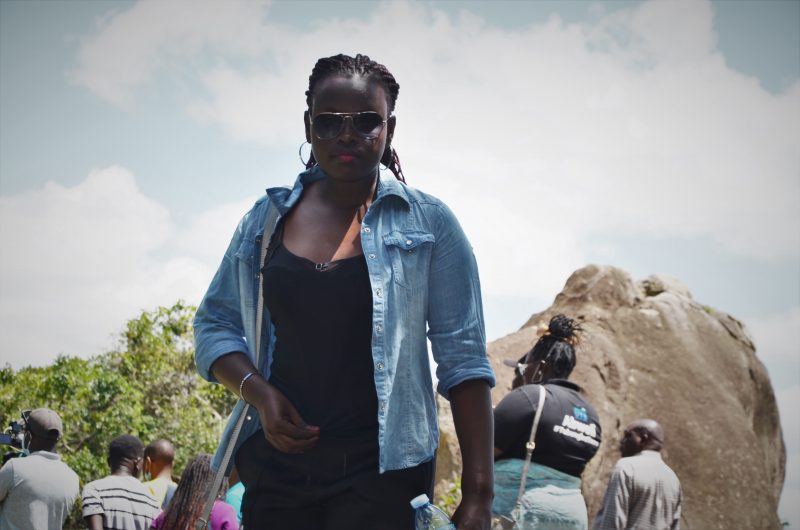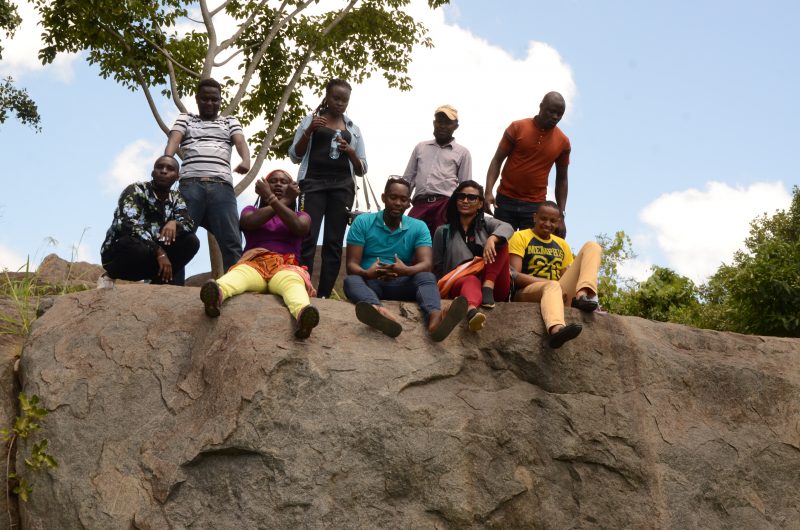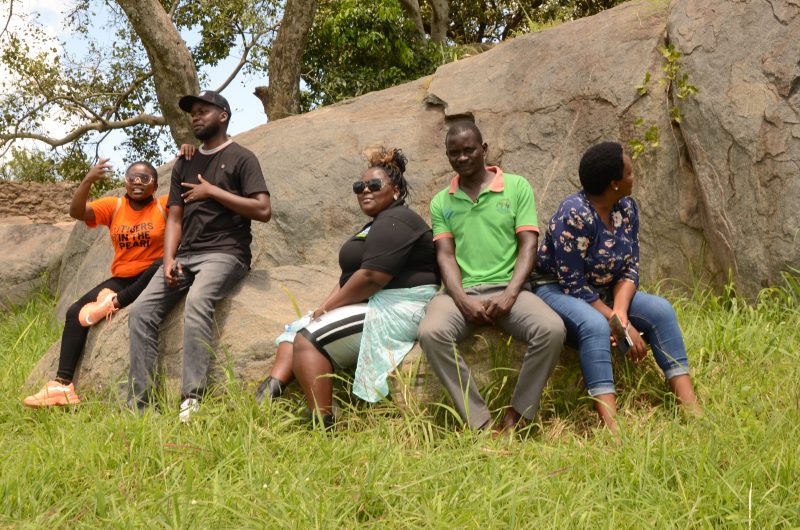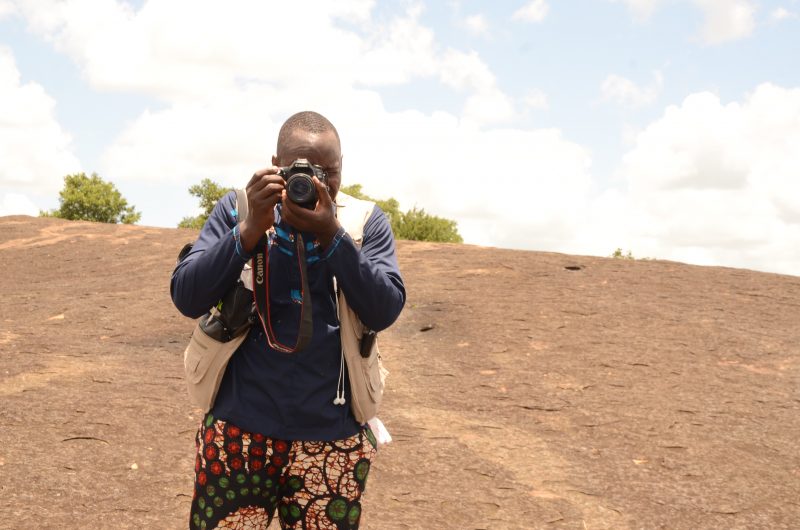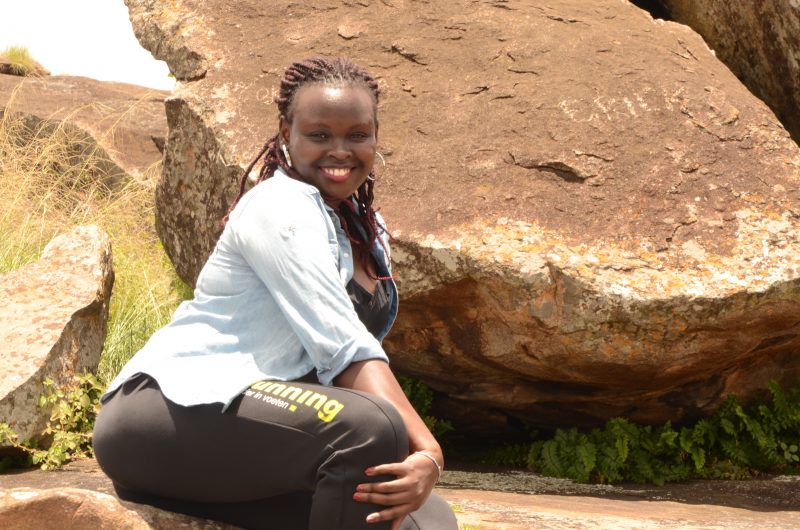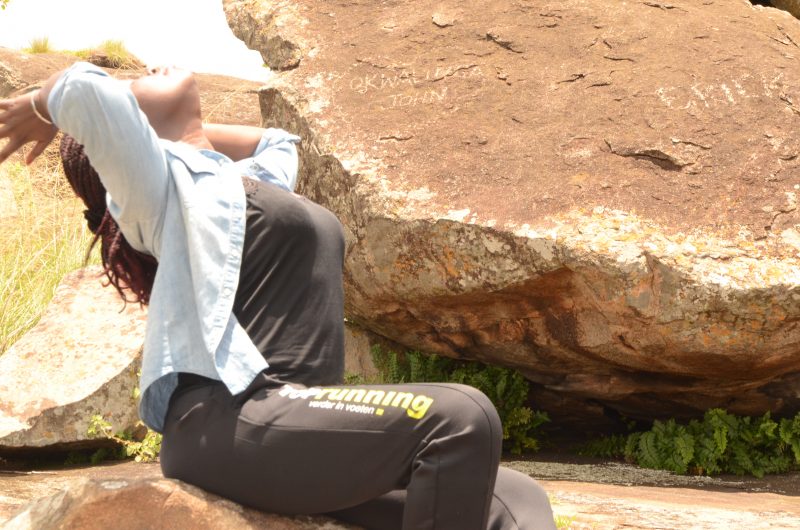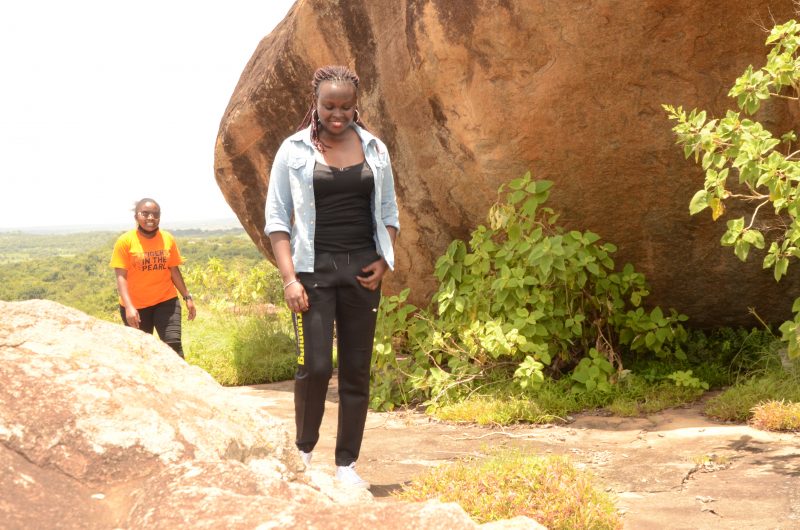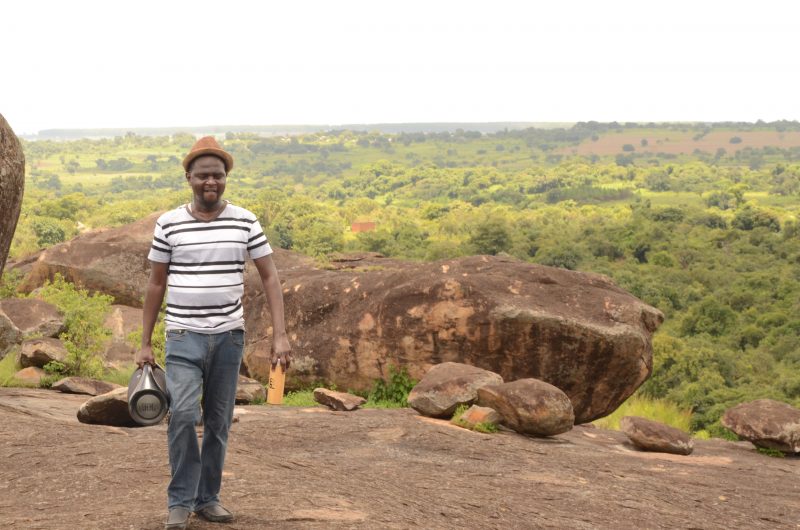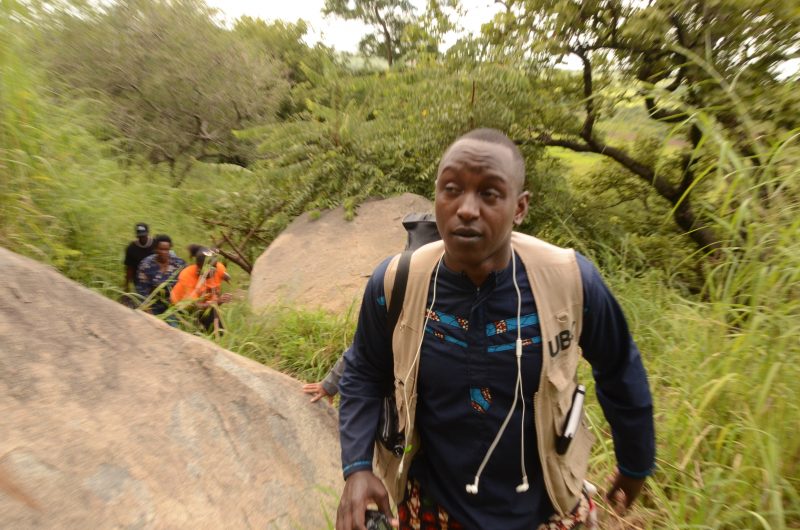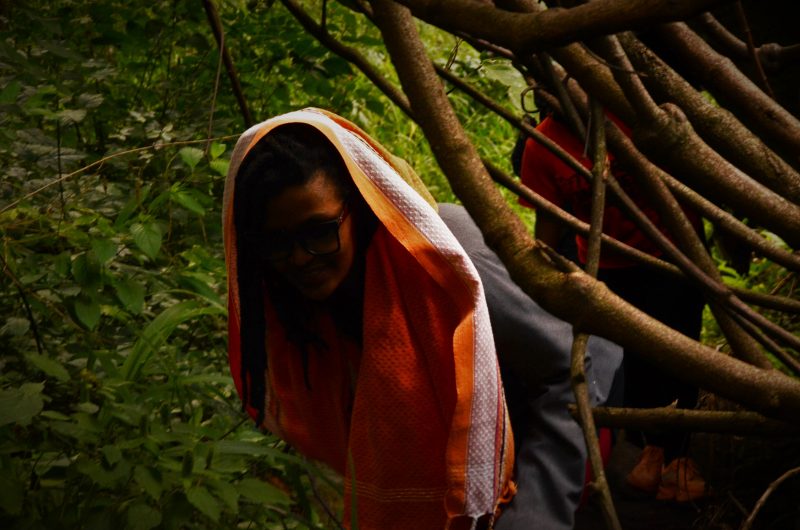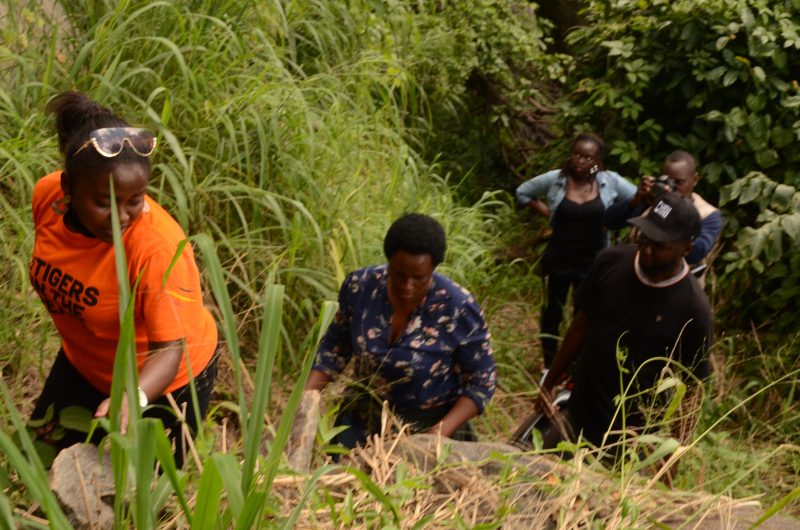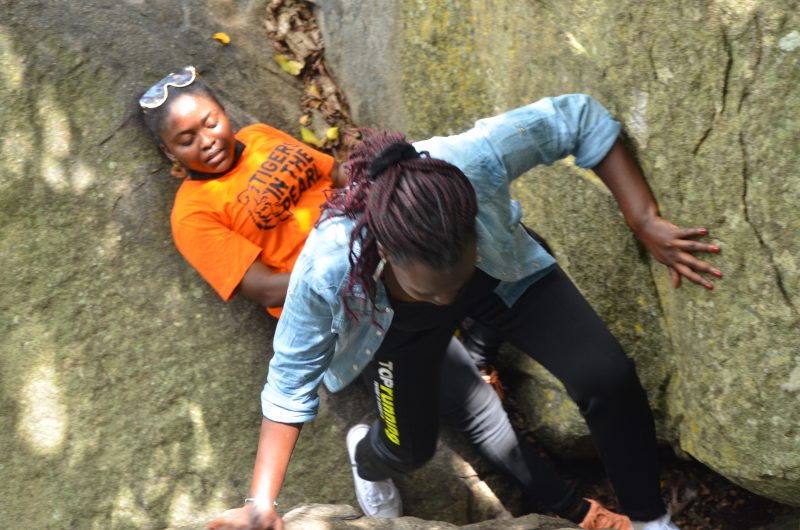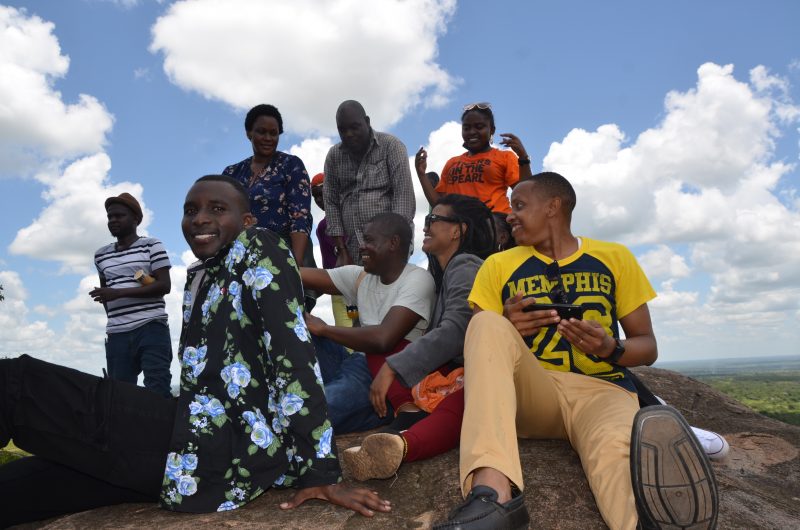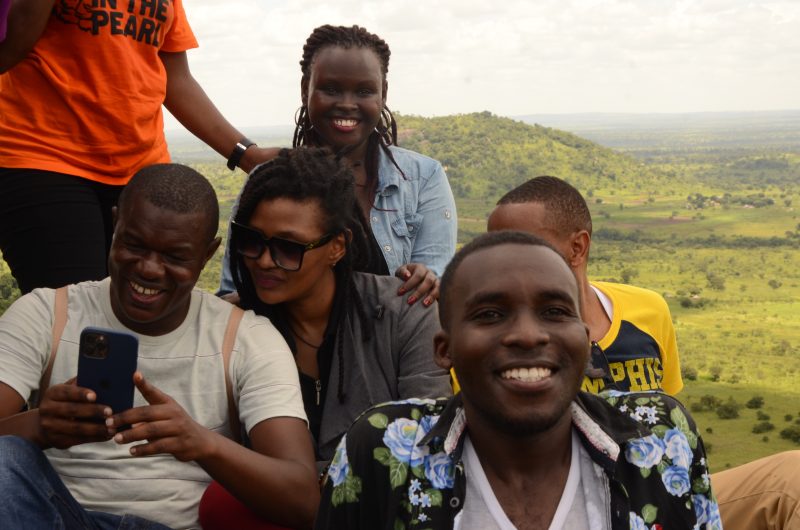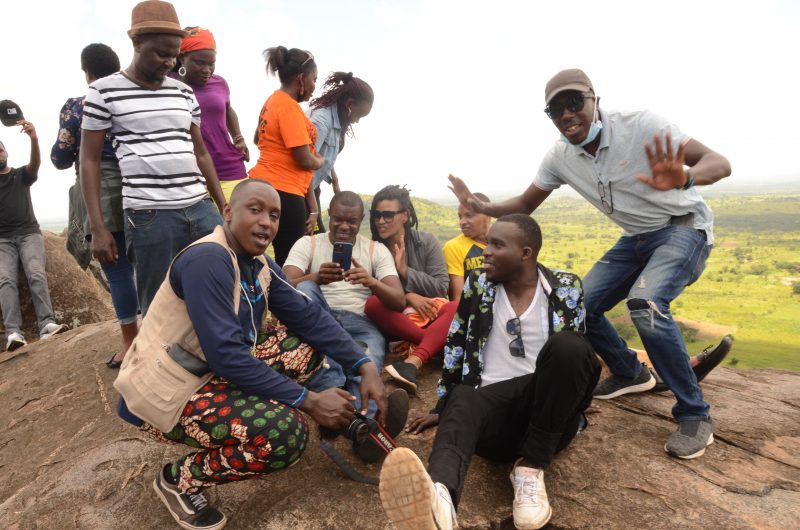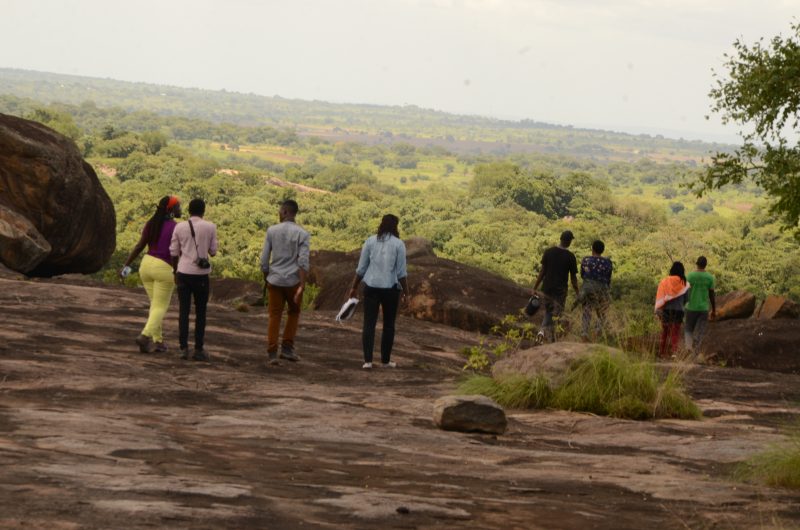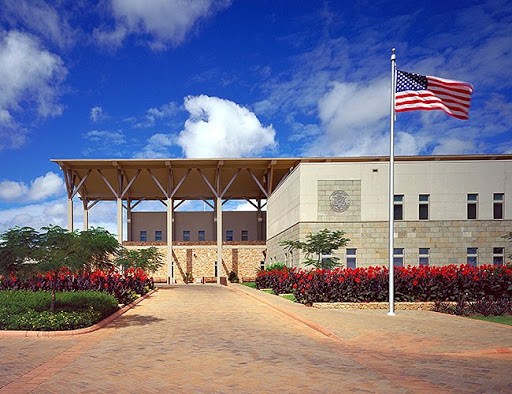While here, the sick, weak, ugly met death at their earliest, whilst handsome men and boys were castrated as energetic men and women turned into a medium of exchange between the Arab slave trade Chiefs and buyers as they were sold to slave trade markets of Egypt, Turkey and the Middle East countries for vain labour.
Recently, our trip to destination Northern Uganda with the Uganda Tourism Board purposely meant to receive some mentorship, tourism reporting polish-up and training on positioning brand destination Uganda, also presented us the opportunity to unearth and explore some of the untapped virgin would-be potential tourist destination hidden gems of Amuru hotsprings and guru guru caves in Amuru district with such enriching historical tales, before we checked in at the Fort of death – Fort Patiko in particular and Ajulu hill geographically positioned 32 Kilometres on the North of Gulu city as this saw us climb onto the hilltop of the sacred Ajulu hill that measures an elevation of 1,047 metres.
Upon arriving at Fort Patiko, we were welcomed by the scenic green lush fairly bushy parking lot just a mere block away from its gateless entrance where one of the captured slaves managed to escape in a single second gateway stream amidst tight Arab security deployment two centuries ago. And as the norm is, we managed to take on some photographic moments before embarking on a wander around of the 2 kilometre long rocky cave pits surrounding the mighty Fort of death measuring atleast 16ft deep and 16ft wide – dug deep to make it unfeasible for slaves to escape just about they beat the tough Arabic manned non-smiling heavy security deployment ready to crash into pieces any slave that would literally try about escaping from their punitive captivity.
While, we got swallowed up by the towering wild grass plus shrubs, the aftermath witnessed my black surround pocketed jeans covered in black jack needles whose sharp tips treated me to nonstop pricking plus received a bloody suck of thirsty mosquitoes and thorns within the pits all intended to give us as visitors a sneak peak dosage of oppression, thorough pain and perseverance the African origin slaves encountered while they endured the maltreatment of the Arabs as they trudged into Fort Patiko from thousands of miles away trekking all along from the several parts of the Central and Eastern Africa.
My ears filled with all this scary conversation narrated by our tour guide Mr Okello Ronald Orori left me all in awe.
The dead silence listening to the narration surrounded all over us while harrowing images of the Arabic slave trade era positioned all angles of our understanding as we imagined us always fully dressed and the kind of life the captives lived as they were always deprived off their human rights to full dress code but rather stripped off their clothing comfortability so as to give them a slavery branding.
Can’t imagine, slaves here trekked long miles through thick vegetation and rough rugged terrains on barefoot and half-dressed through the hinterlands of the impenetrable forests crowded with wildlife…indeed life was both a misery and mystery to the victims of slavery at the time.
As Okello, recognized our moods were left astray beaten by a memoir of slavery life during the era, he immediately asked us to go along with him to the rocky stones of the fort showing us where the prisoned slaves were kept in one of the small caves piled up like fire wood, the cave where those selected for sale abroad were piled up, and where slaves that didn’t meet the prerequisites such as the sick, weak and ugly were sent to their creator that quick before Sir Samuel Baker intervened to fight the slavery business thereby renaming it the Baker’s Fort in the 18th and 19th Centuries.
It should be noted, that right from the earlier days when the slavery business took its toll, slaves were assembled like eucalyptus trees at the compound of the green scenic mighty Fort compound for head count and selection as the healthy, giant ones, beautiful ones were carefully chosen from the ugly, weak, sick and pencil thin, where the selected blessed ones were later trekked to Sudan and Egypt slave markets only to be sold like mere grocery for real hard external unpaid for labour to Countries of Egypt, Turkey and the Middle East while the unlucky ones were tasked to meet their God through a firing squad and execution at the open torture chambers.
To spice-up the executions and make them seem like normal, ‘’trumpeters’’ would hike up the 18ft rock with an aerial view of the torture chambers and blow trumpets on high notes to glorify the executors while they terminated lives of poor Africans as their corpses were dumped in pits surrounding the Fort for vultures to also take their pie as these were never entitled to a decent burial like any other human being.
All surrounding this magnificent Fort are cuts by axes used to behead slaves by Arabs, while those who beat about the axe worked literally hard more than donkeys and fed on less food, while the men got themselves hitting hard the caves to create room for accommodation as women embarked on domestic chores such as grinding vast pounds of millet on grinding stones until their hands bled real African blood.
In the 1840’s, Sir Samuel Baker – an abolitionist explorer and representative of the Egyptian Khedive couldn’t just sit and listen to the notorious activities of slavery by the Arabs ongoing at the Fort, hence stepping foot into the soils of Acholi together with his band of Acholi warriors thus fighting the Arab slave masters, from where he took over the Fort in the year 1870 taking it over as base for self-led campaigns.
It’s alleged that, Baker’s major mission wasn’t majorly bringing an end to Arab slavery, but with hidden agenda’s used the Fort as a cover-up for his ivory raid practices in Uganda at the time. However, available at this now tourist site and monument are thousands of Borassus palm trees as we have to note that their fruits are primarily dispersed by elephants, its also alleged that Sir Samuel baker could have massacred thousands of elephants close to the fort as he deprived them off their previous tusks, and given his close links with Emin Pasha – a well renowned ivory hunter gives also another twist to the story, while Charles Gordon later replaced Sir Samuel Baker as Governor of the Equatorial province, which was later also taken over by Emin Pasha and later on taken up as a prison by the colonial government before losing purpose of use as the Country attained her Independence on 09th October 1962.
Tourist Activities at the Mighty Fort Patiko
While here, adventure seekers are bound to dive into the ever green natural grassy backdrops perfect for photography.
This spot comprises of stony rocks slaves moulded into several models including; Africa’s map, sharks, plus Lake Victoria not forgetting antiquities like the stones slavery women used to grind millet till their hands bled-off.
Lastly, this magnificent rocky Fort provides a distant view of the few metres tucked away sacred Ajulu hill, where the Rwot – Acholi Chief used to escape Children from the wrath of the Arabic slave masters as this consists a Palace where he mentored them about the basics of life such as; discipline, education and domestic chores especially the girl child as well as mentoring boys to become responsible men in future. Ajulu hill is one of a kind mind-blowing perfect spot for hard adventure seekers and lovers especially adrenaline jaw dropping climbing expeditions, while at the hilltop, you’ll get to enjoy picturesque views of Fort Patiko and the surrounding stunning greenery plus a distant aerial view glance of the Uganda – South Sudan border as a well as a perfect venue for picnics, camping, party in the wild among other life thrilling touristic experiences altogether!
About Guide2Uganda
Guide2Uganda (www.guide2uganda.ug) is the most comprehensive source of travel information about Uganda that exists on the web, with more content on its cities & towns, accommodation, attractions, events, museums and galleries than any other online guide that currently exists for Uganda; as well as being a dynamic travel news and events driven site with fresh content added daily.
According to WeFollow & Peer Index (that measure online influence), we are among the most influential online media organizations in Uganda. Guide2Uganda was also awarded ‘’Best Destination Website in Uganda’’ by Jumia Travel Uganda in the 2018 Africa Travel Awards.
Share your travel stories & photos with the world via email: info@guide2uganda.ug

